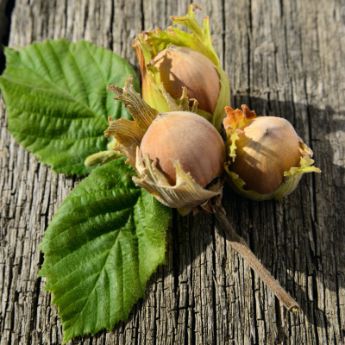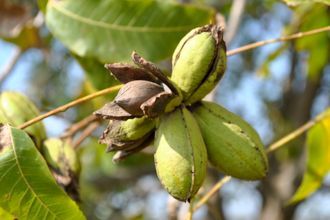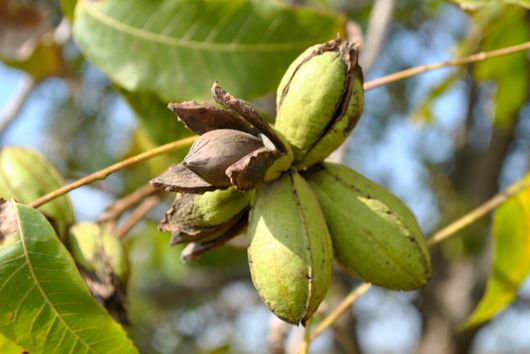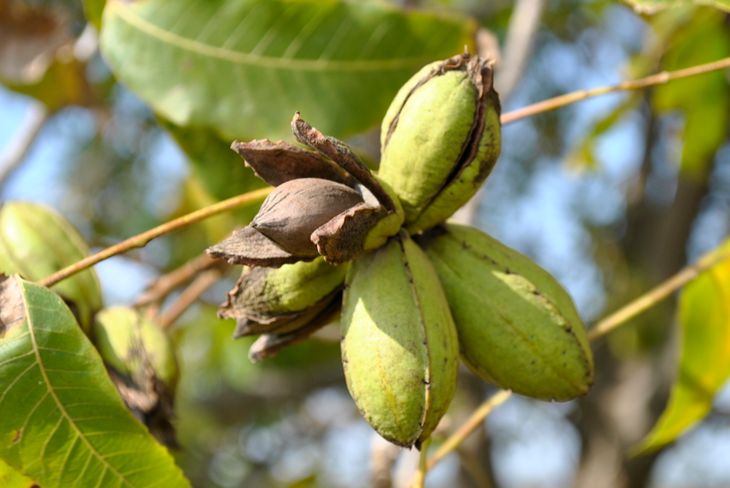Filbert Hazelnut Trees
Filbert Hazelnut Trees Buyer's Guide
Because of their smaller size, Filbert trees (also called Hazelnut trees) are ideal nut trees for home growers. These trees can be grown naturally as large shrubs with many trunks, or grown as small trees through selective pruning. Leaves of the filbert or hazelnut tree are a valued food source for wildlife, including several species of butterfly. Once mature, nuts will drop to the ground for harvest and require a drying period before consuming. Filbert or hazelnut kernels are eaten raw, roasted, or ground into paste. Filbert/Hazelnuts contain significant amounts of protein, B-vitamins, and other minerals. Hazelnuts are found in supermarkets, usually around the holidays, but you can enjoy these nuts from your own trees starting in early fall — adding to the benefits of growing your own!
To ensure your growing success and satisfaction, there are a few things to consider when you buy a filbert-hazelnut tree.
Seasonality
Filbert-hazelnut trees are available only during the spring ordering season. So be sure to order at the right time of year.
Zone Compatibility
Your climate plays an important role in whether a filbert-hazelnut tree will produce nuts or even survive. Most varieties grow well from zone 5 to 8. Before ordering, be sure a particular variety’s recommended hardiness zone range includes your area.
Proper Pollination
Pollination by a different variety is key to the success of many filbert-hazelnut trees. Most of these trees require pollination by a compatible variety for successful growth and production. Inadequate pollination is a common reason why some filbert-hazelnut trees produce poorly or don’t bear nuts at all. Make sure you check our descriptions to see which pollinating varieties our experts recommend.
Mature Tree Size
Make sure you pick the right size tree for your space. When our filbert-hazelnut trees mature they will be around 15-18’ tall and 12-18’ wide, depending on variety.




